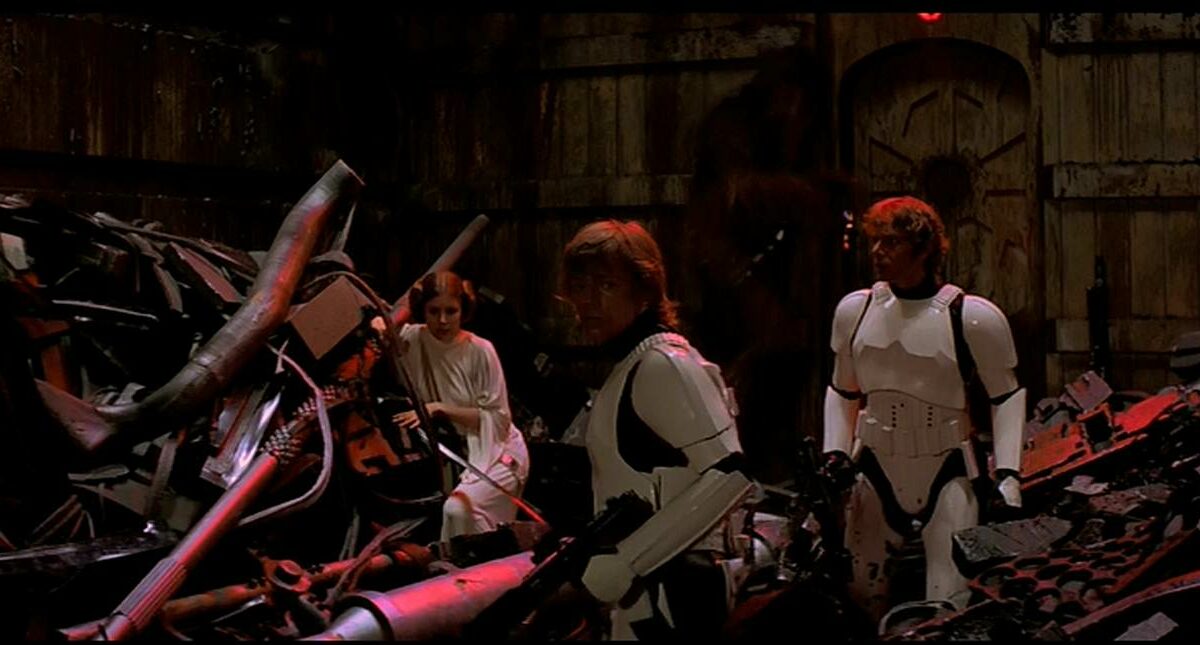A few days ago on Branding Strategy Insider, we explored the concept of brand meta-story, the master narrative driving the most effective business stories. For B2B brands, that story is most simply expressed as the question, “want to win?” You’d think with a canvas that broad, stories in B2B would be wildly creative, yet a vast majority of brands play it safe, wrongly thinking that the same customer being targeted by B2C brands somehow thinks differently and has different emotions when they’re making B2B purchase decisions. Modern life and pervasive communication have dated this thinking; for example, most people are consuming trade publications and business news on the same device they are uploading baby pictures and making social plans with friends.
B2B agency Babcock and Jenkins perhaps framed the most meaningful way to think about B2B:
B2C equals B2B does not equal B2C
Some people (myself included) have expressed this idea along the lines of, ‘there is no b2b or b2c, it’s all h2h: human to human’ but I think their equation is more accurate. What works in B2C can work in B2B, but it doesn’t always go the opposite direction. For those marketers that work in B2B, there are unique challenges that come with more nuanced messaging, buying committees and longer sales cycles of the like not often seen in B2C.
What this should tell you is that B2B doesn’t have to be traditional but certainly needs to be interesting. If B2B brands had a license to be dull and boring, it has expired. In fact, with the advent of GDPR, marketers may become more limited in their ability to track and harass customers using tactics based on marketing surveillance and need to revert back to strong creative to evoke emotions, differentiate and create demand.
How B2C Oriented B2B Brands Are Executing
In a TechFunnel article, Marianne Chrisos shows how Xerox may have taken some learnings from Chobani and other B2C brands to create a campaign that highlights some rebranding efforts in order to improve perception. She says, “The humor was a creative way to capture the attention of businesses in a new way – people didn’t exactly expect a brand associated with old-school copiers and fax machines to create bright, catchy, funny, short-form content videos, marketing them in a modern way, getting them directly in front of businesses. This kind of creativity helped give them an edge.”
And then there’s Volvo Trucks, which is one of the largest B2B truck companies in the world, and may be best known for its 2013 video, “The Epic Split,” featuring Jean-Claude Van Damme doing a split across two vehicles moving in reverse. The clip became an immediate hit, racking up more than 80 million views. The success of that viral campaign has proven to Volvo Trucks that creative, innovative content is what best drives their content marketing.
Björn Owen Glad, marketing manager for Spoon, the content marketing agency for Volvo Trucks says, “To succeed with content marketing, you must have a multi-channel way of thinking simply because a brand’s audience is scattered among a lot of different platforms, channels, and media.”
Most of Volvo’s content is designed to be repurposed across multiple channels. Take this example, highlighted in an analysis by Contently. A recent story titled Keeping alive on one of the world’s most dangerous roads was published on the digital version of the magazine last August. The story was reformatted with a new layout for Facebook, adapted into a video, and accompanied by an animated GIF. It was also expanded into an eight-page spread with the title “Close to Heaven” in the print version of the magazine.
Both Volvo and Xerox are just two examples of why all marketers today should be aggregating learnings and insights from each other’s campaigns and embrace the highly creative directions B2B customers are craving.
Start here to break free from old B2B thinking:
1. Be the first mover in creativity. You’ll be the brand communicating in color versus your black and white competitors.
2. Put traditional thinking about B2B creative on a trial for its life. Everything else in business is. (Is your story as powerful as your technology?)
3. Use your competitors creative to make the case that creativity will build an advantage. (Chances are it’s dull)
The Blake Project Can Help: The Strategic Brand Storytelling Workshop
Branding Strategy Insider is a service of The Blake Project: A strategic brand consultancy specializing in Brand Research, Brand Strategy, Brand Licensing and Brand Education




